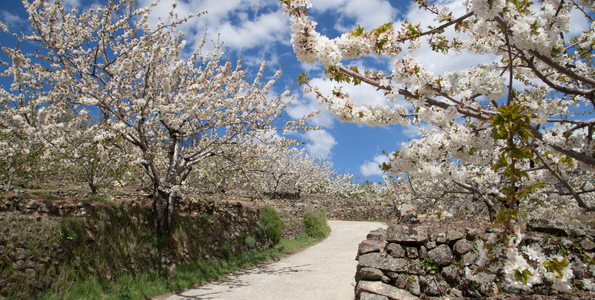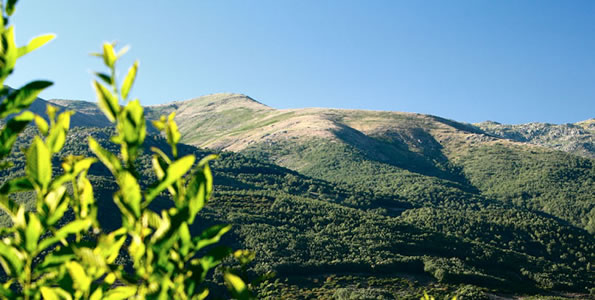
The Jerte Valley has a unique microclimate. This is what makes the cherries produced there special, among which the autochthonous variety of Jerte cherries stands out. This characteristic, together with abundant hunting, fishing and vegetation, attracted the first settlers to the area, who settled there with their livestock. Since then, the region has witnessed several historical events, which we will tell you about below.
The first historical references date back to the year 218 B.C. It is known that at this time there were already settlers in the lands now known as the Jerte Valley, grouped in castros or villas, and that they would engage in clashes with the troops of the Carthaginian general Hannibal.
However, it was the Arabs who named the main river in this area, the Jerte, which they called “Xerete”. Later, in the 12th century, Alfonso VIII of Castile founded the city of Plasencia, the “pearl of the Jerte”, whose territory, in the vicinity of the Vía de la Plata, had also been occupied by the Romans. This city, without being part of the territory of the Jerte Valley region, is now an important dynamizer of the area and a centre of economic reference and services for its inhabitants.
Another historical reference to the Jerte Valley dates back to the 15th century. At this time, there is evidence of the existence of an aljama, of outstanding economic power, in Cabezuela del Valle. It constituted, together with that of Plasencia, one of the most important Jewish settlements in the area, since it housed, among others, the administrators of the important noble family of the Zúñiga.
But one of the most outstanding events that took place in this area was the passage of Emperor Charles V on his retreat to the Monastery of Yuste, in the neighbouring region of La Vera. It happened on 12th November 1556. The emperor crossed the Garganta de los Infiernos through the Puente Nuevo (New Bridge), following the route along which today there is a hiking route that bears his name.
The 18th century was a turning point for the area, one of whose sources of wealth until then was chestnut trees. There was an epidemic called ink that led to the replacement of this crop and the gradual introduction of cherry trees, which, in the 19th century had already become the tree with most presence in this territory, gaining ground throughout the 20th century, until it became a symbol of the Jerte Valley. The cultivation of cherry trees is of utmost importance in the local economy and an important tourist attraction, thanks to the unique spectacle of the flowering of these trees.
Finally, and interestingly, in the 19th century, the Jerte Valley served as a refuge for the guerrillas facing the Napoleonic troops during the War of Independence (1808-1814).
https://cerezadeljerte.org/algo-de-historia-sobre-el-valle-de-las-cerezas-del-jerte/


